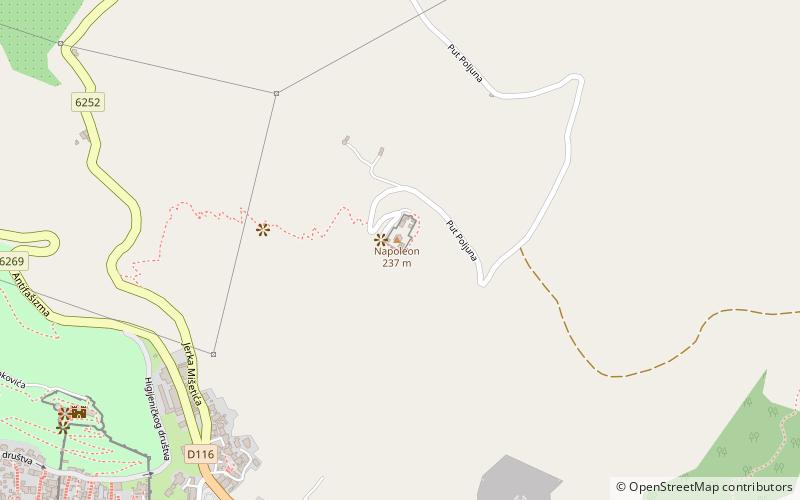Hvar Observatory, Hvar

Facts and practical information
Perched on a hill overlooking the picturesque Adriatic Sea, the Hvar Observatory is a significant center for solar and stellar research, nestled in the city of Hvar, Croatia. This scientific facility, affiliated with the Faculty of Geodesy of the University of Zagreb, is dedicated to the observation and study of solar activity and its impact on solar-terrestrial and interplanetary space.
Founded in 1971, the observatory has become an integral part of the global network of solar monitoring stations. Its prime location on the island of Hvar provides it with an exceptional number of clear days, making it an ideal spot for continuous solar observation. The Hvar Observatory is particularly known for its high-resolution spectrograph, which allows astronomers to capture detailed images and spectra of the sun.
Over the years, the observatory has contributed significantly to the field of astrophysics, with research focusing on solar physics, solar-terrestrial relations, and the physics of stellar atmospheres. It has played a crucial role in advancing our understanding of solar phenomena such as flares, sunspots, and coronal mass ejections, which can have profound effects on space weather and satellite operations.
Aside from its scientific mission, the Hvar Observatory also serves an educational purpose. It hosts students and researchers from around the world, providing them with the opportunity to engage in hands-on research and to collaborate on international projects. The observatory's commitment to education and public outreach is evident in its open-door policy for visitors and astronomy enthusiasts.
Hvar
Hvar Observatory – popular in the area (distance from the attraction)
Nearby attractions include: Pokonji Dol, Hvar Cathedral, Španjola, Sveti Klement.




